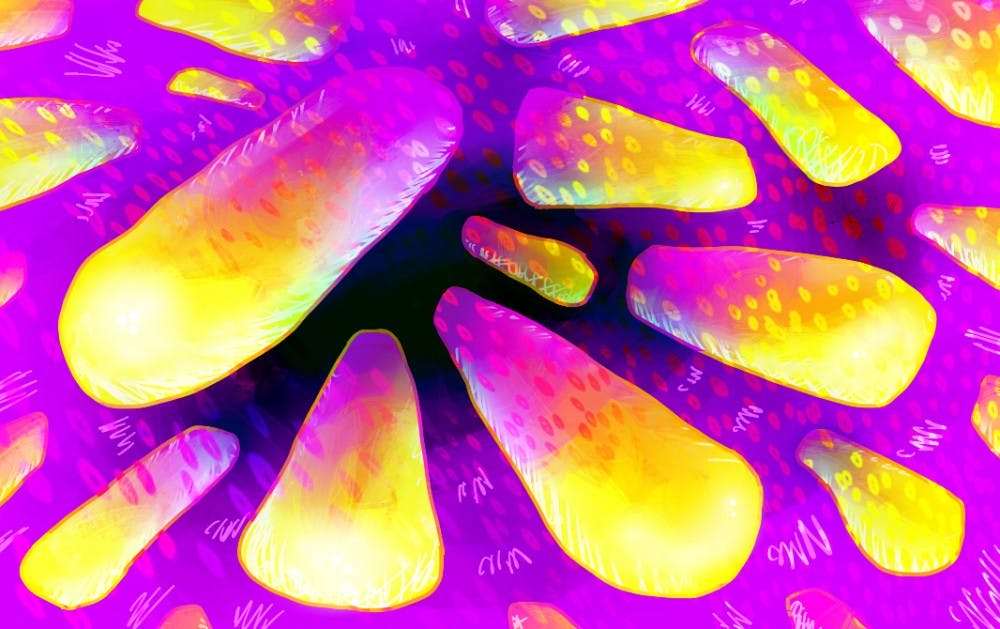According to the Center for Disease Control and Prevention, tuberculosis will not be eradicated in this century.
The ASU Biodesign Institute and the Albert Einstein College of Medicine are working together to fight that prediction and find an accurate and practical diagnostic method for tuberculosis.
Tuberculosis, also called TB, is a bacterial infection caused by Mycobacterium tuberculosis that is curable but takes months of antibiotics and testing.
TB diagnosis can come from many different tests which often produce false-positives and false-negatives, making them less reliable for doctors and patients alike. More reliable tests for TB exist, but they can’t be used in rural areas where TB is more prevalent.
“We’re trying to come up with a test that is easy to preform in resource-poor areas (and) that has a higher sensitivity and specificity,” assistant research professor and the principle investigator for this project Mitch Magee said.
The researchers acquired samples from patients from South Africa, Mexico and the U.S. and are looking to expand into more countries as well.
Magee said that there are two types of TB infections – latent tuberculosis infection, where a patient has the TB bacteria in their body but is not actually sick; and TB disease, where a patient is actively showing symptoms of illness.
"We can take a very small sample of a patient’s blood and then very quickly determine if they have antibodies for the tuberculosis bacteria,” Magee said.
If those antibodies are present in a patient, that means that the patient’s body is fighting the TB bacteria.
Lusheng Song, an assistant research scientist at the Biodesign Institute, preformed a significant portion of the lab work that made this new diagnostic method possible.
“We’re trying to develop a test, much like a pregnancy test, that can be read out," Song said. "In order to do that, we needed to find a specific biomarker.”
A biomarker can be any kind of substance that indicates something about the physiology of the patient, like a protein or enzyme, among other things. In this test, the researchers are using the TB antibodies as a biomarker.
The test is also able to tell the difference between a non-infected patient, an infected patient and a patient who has both TB and HIV.
Jeff La Belle, an assistant professor in the School of Biological Health and Systems Engineering, said the problem lies in not only detecting the two diseases, but also treating them because the combination can result in many different patterns of treatment.
“Co-infection with TB is especially dangerous because patients can present with multiple symptoms … Sometimes one of the symptoms will mask another symptom, which leaves the physician in a tough place on how to treat it,” La Belle said.
Magee said that it would be a while before the test is able to be mass distributed in resource-poor areas, but the researchers are optimistic on how this can shape the future of tuberculosis diagnostic methods.
Reach the reporter at nesherwo@asu.edu or follow @thecolesherwood on Twitter.
Like The State Press on Facebook and follow @statepress on Twitter.




